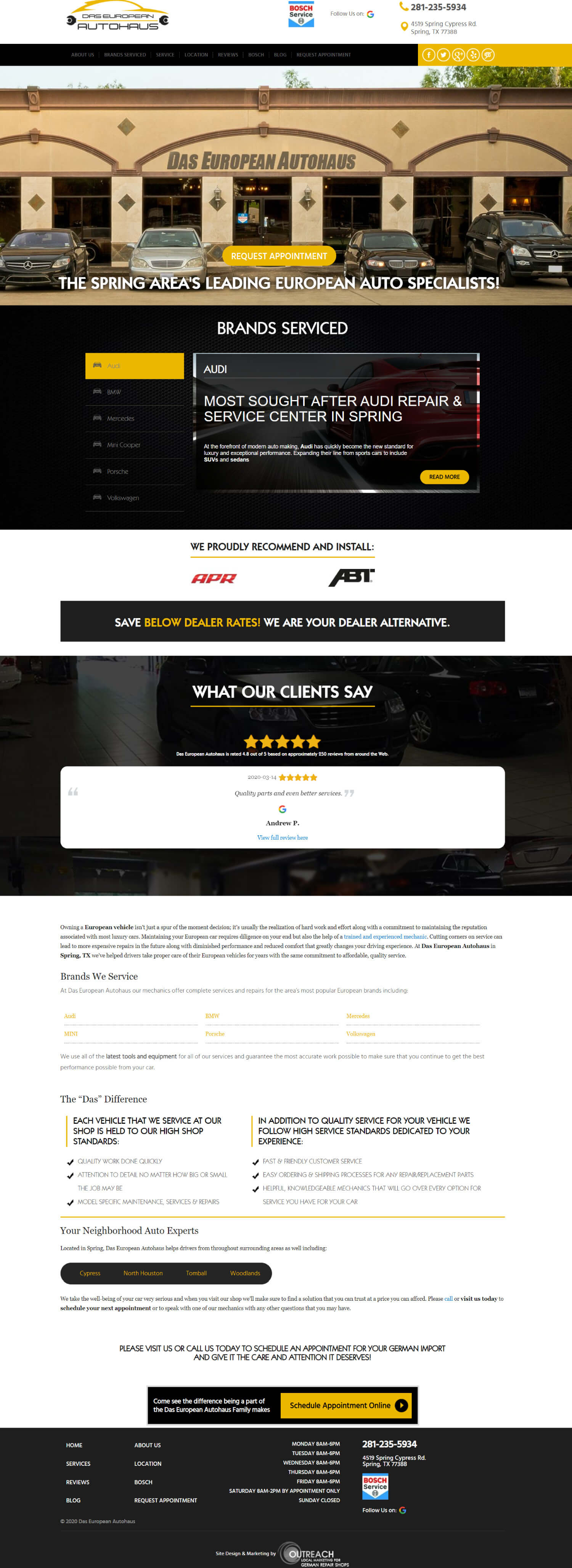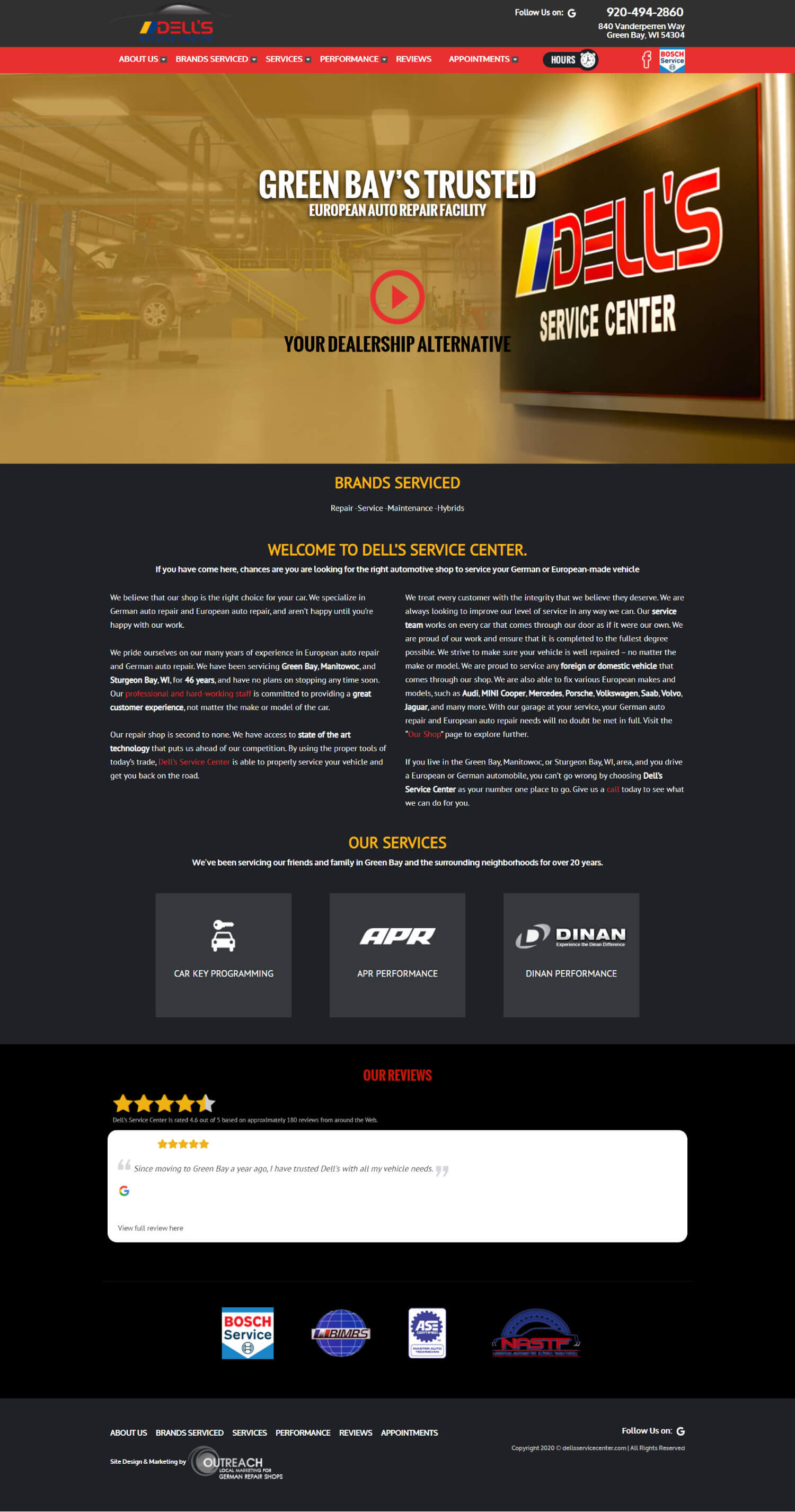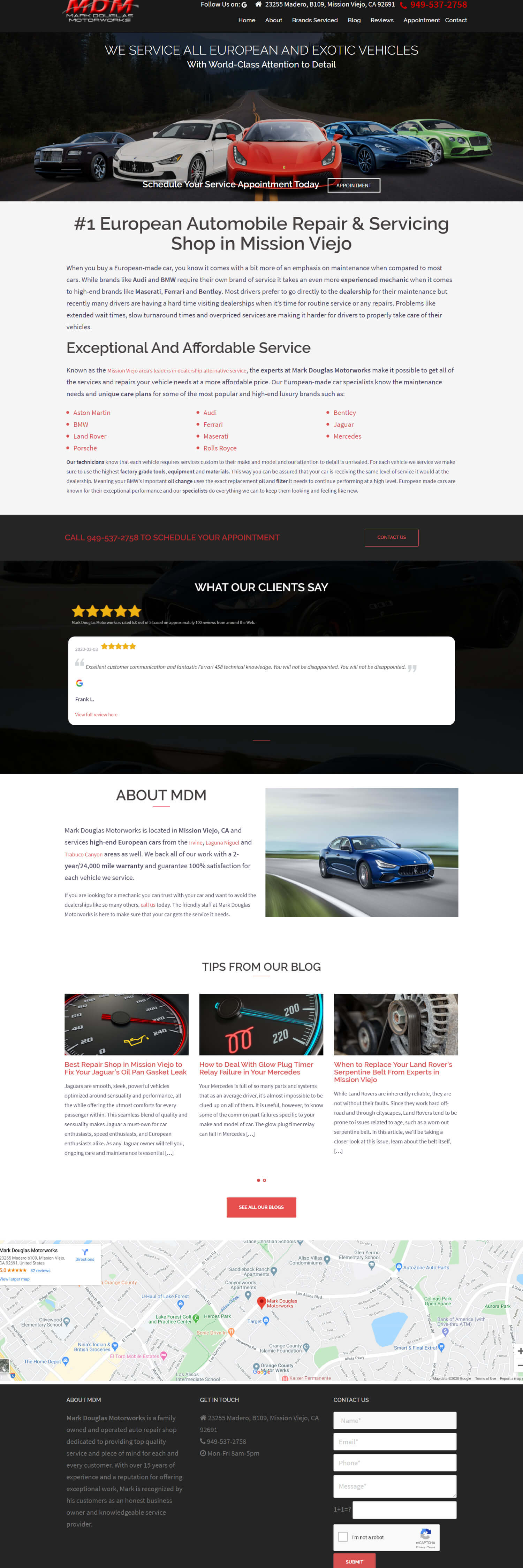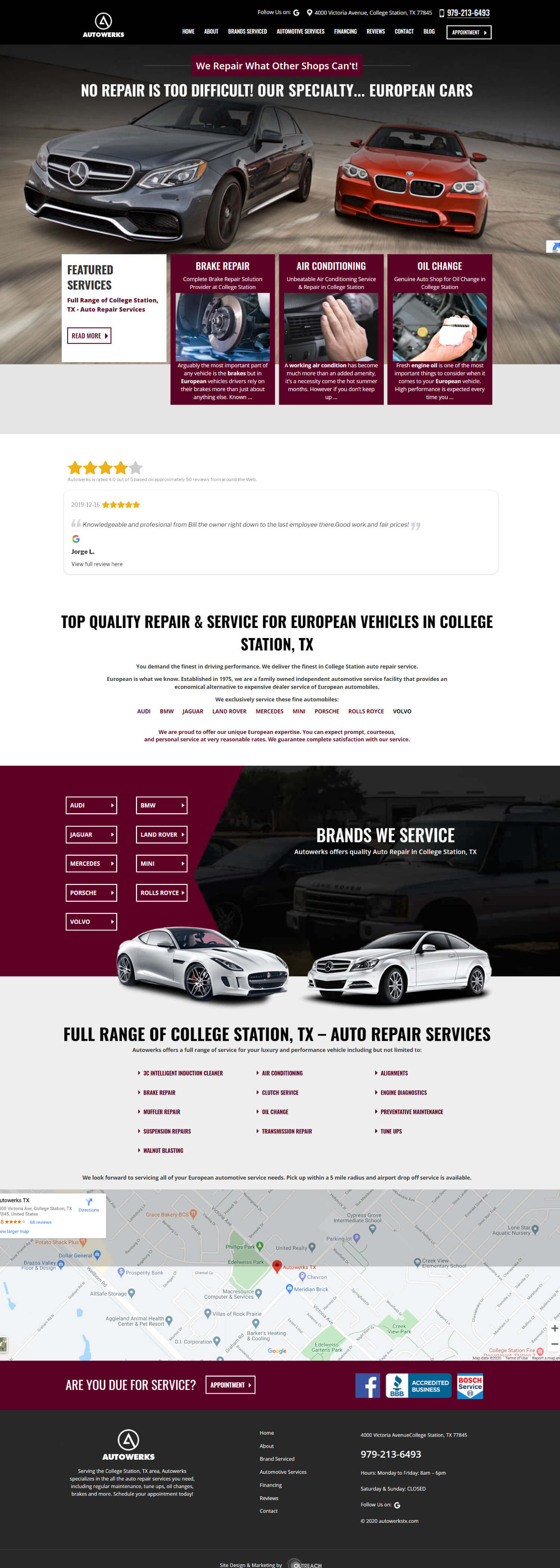* The Blog Post is originally written by Bernard Marr in Forbes.
In the coming months, businesses are going to become more reliant than ever on their digital strategy. Without wanting to sound too alarmist, in many cases it will be the deciding factor in whether they make it through the tough times ahead.
The unprecedented, almost-total disappearance of all channels related to live events and conferences, and the increasing barriers on face-to-face business, pose an enormous challenge. Key to resilience is the development of ongoing contingencies to mitigate against this loss.
B2B companies in particular rely on the annual circuit of trade shows and exhibitions to network and build customer relations. In industries that are not digital-native, they may also be less sophisticated in their digital growth and customer relations strategies. For smaller businesses especially, used to getting new customers through word-of-mouth referrals or on the strength of a hard-won reputation, their loss is coming as a shock.
Larger companies are also now finding themselves in the position of having potentially lost millions through cancelled events. They won’t claw back the hours of time and expense spent on preparations for this year, but insurance and flexible cancellation policies will leave them with marketing budget to reassign. Digital is likely to be the clear winner here, and companies – including ones that may not so much as had a Facebook page before – will need to move into social marketing, content marketing, SEO and influencer-led campaigns.
Of course, this means there’s opportunities out there for the taking, if you are a B2B supplier in an industry that has been slow to adapt to digital marketing. A key factor in resilience is adaptability. If it’s standard in your industry to go out and meet new customers face-to-face before you do business, adapting may mean opening new channels over web or social media platforms where introductions can be made and relationships fostered. In the coming months, your prospective clients are going to be less open to the idea of letting you walk through the door and shake their hand – and no-one really has any idea how long this will last and whether this will lead to longer-term change.
As Scott Jones, CEO of 123 Internet Group, told me “We are in uncertain times, but with the increase of remote working and a collaborative approach, companies are turning to digital channels and embracing the transformation. We have seen a real spike during the last few weeks from companies wishing to create or update websites, launch new e-commerce channels and create social media campaigns focused on home-workers and a real focus on using influencers and SEO to reach new audiences.”
Being confined to the office – or even the home – rather than on the road on sales visits or at events, means marketers have more time to develop digital strategies. This means researching where your customers can be found online, and how different approaches and tactics might impact your success. If your organization previously put token efforts into digital channels – because like a lot of other businesses, you had built your networks offline and that had always seemed to work – now is the time to revisit them. That could be as simple as giving your website and social pages a refresh, or a more innovative approach.
Ratnesh Singh, head of global business at events technology agency Buzznation told me that he found out quickly that clients did not want to lose the networking opportunities provided by the conference circuit. On top of this, they are looking for new ways to spend their remaining marketing budgets. He said, “With our corporate clients, events often consume 50 to 60 per cent of their marketing budgets. They still want to spend that money and they are open to trying something new.
“There’s a window of opportunity here – when things are back to normal budgets will be going back into live events and that’s what they will be spending their time on.
“But if they see the benefits and opportunities that digital channels can offer, this will become part of their long-term marketing contingency plans.”
As well as offering immersive 3D virtual events, Buzznation has also found that businesses wanting to become more sophisticated in their use of live social platforms. Singh said “Clients are turning to Facebook or LinkedIn Live. Often these are platforms they have dabbled with in the past but never fully integrated into their marketing strategy. Now they see value in partnering with companies like us that know how to help them make the most of these channels, to achieve better production values and more targeted campaigns.”
It’s certainly true that the coming weeks, or months – or however long this situation lasts – will be a challenging time for any company that isn’t ready to think about how they will replace the opportunities that have been lost.
As long as businesses approach the shift to digital marketing strategically, there’s no reason why it should just serve as an emergency fill-in, but could carry on providing long-term value when the world eventually gets back to normal. And of course, it would make companies more resilient to deal with any future pandemics.










